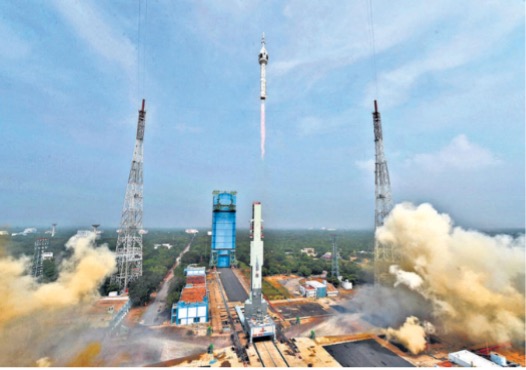The Indian Space Research Organisation (ISRO) is preparing to conduct an important test as part of the Gaganyaan mission to evaluate the crew module’s parachute system.
Officials confirmed that the Integrated Air Drop Test (IADT) will take place in the next days, with a Chinook helicopter dropping the crew module from an altitude of around 4-5 miles.
The first IADT attempts to assess the parachute system under typical conditions by replicating the crew module’s splashdown with both parachutes opening quickly.
Following this initial test, a series of IADTs will be performed to evaluate the parachute system’s performance under a variety of off-nominal events, such as one or both parachutes failing to open or experiencing delayed deployment.
Following the splashdown, the crew module will be identified and rescued by another chopper, with the Navy aiding in transporting it to the Chennai coast for further investigation. Ensuring a safe splashdown and recovery is critical, especially since the crew module was inverted during the first test vehicle flight in October 2023.
ISRO intends to undertake test vehicle missions to evaluate all systems before launching the first unmanned mission. The crew module, which will serve as a pressurised cabin for three Indian astronauts, will be rigorously tested to confirm its dependability and safety for space travel.
While present testing focuses solely on the crew module, the actual flight will require linking the crew module to a service module that houses critical support components such as the propulsion system. ISRO underlines the significance of rigorous testing to resolve any potential obstacles and uncertainties before starting on the historic Gaganyaan mission.













